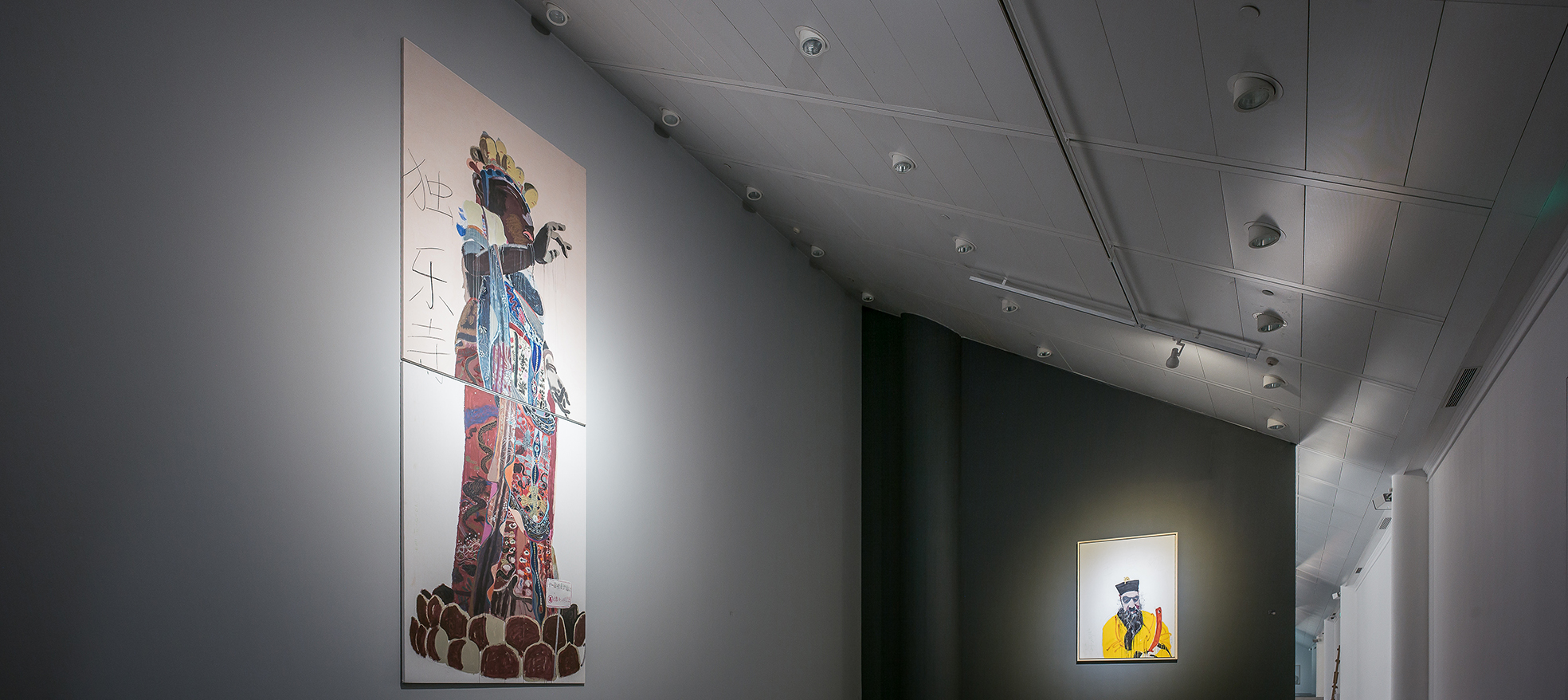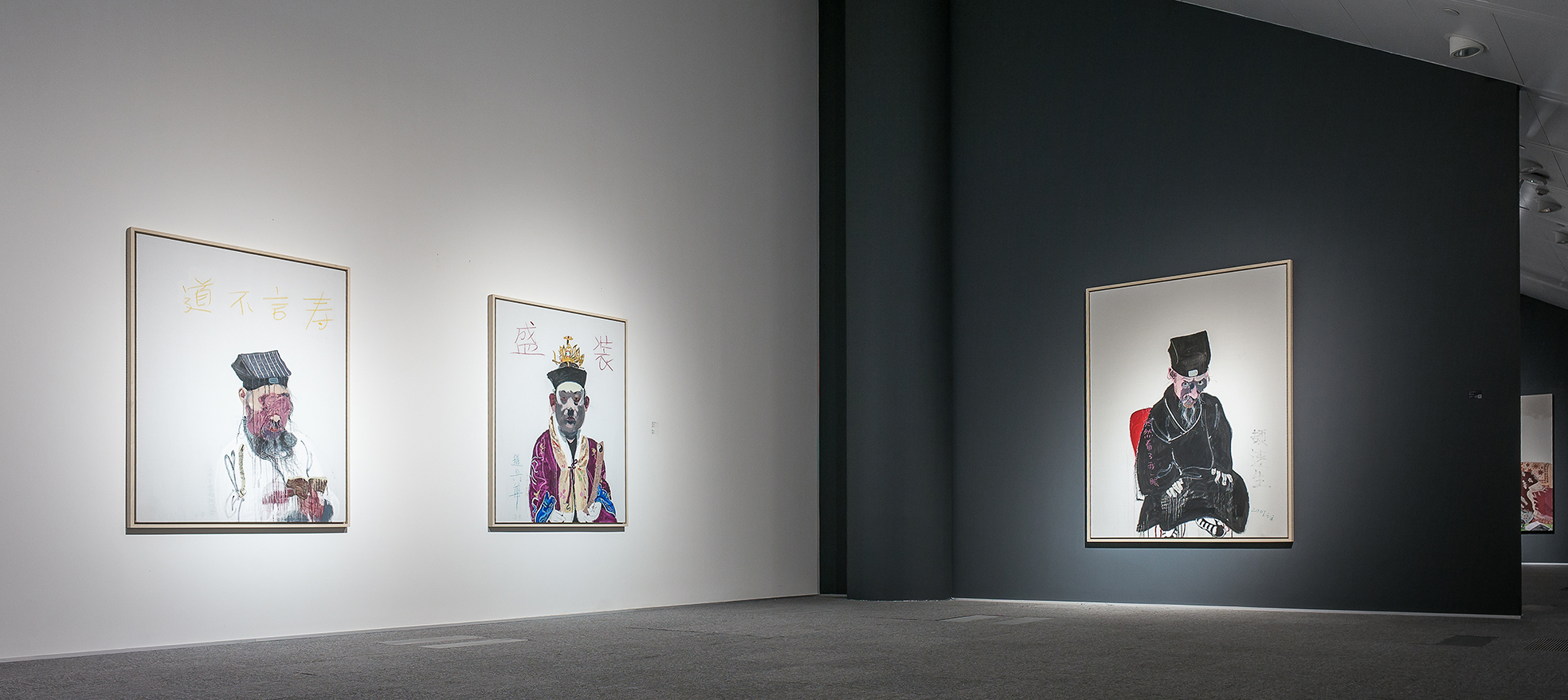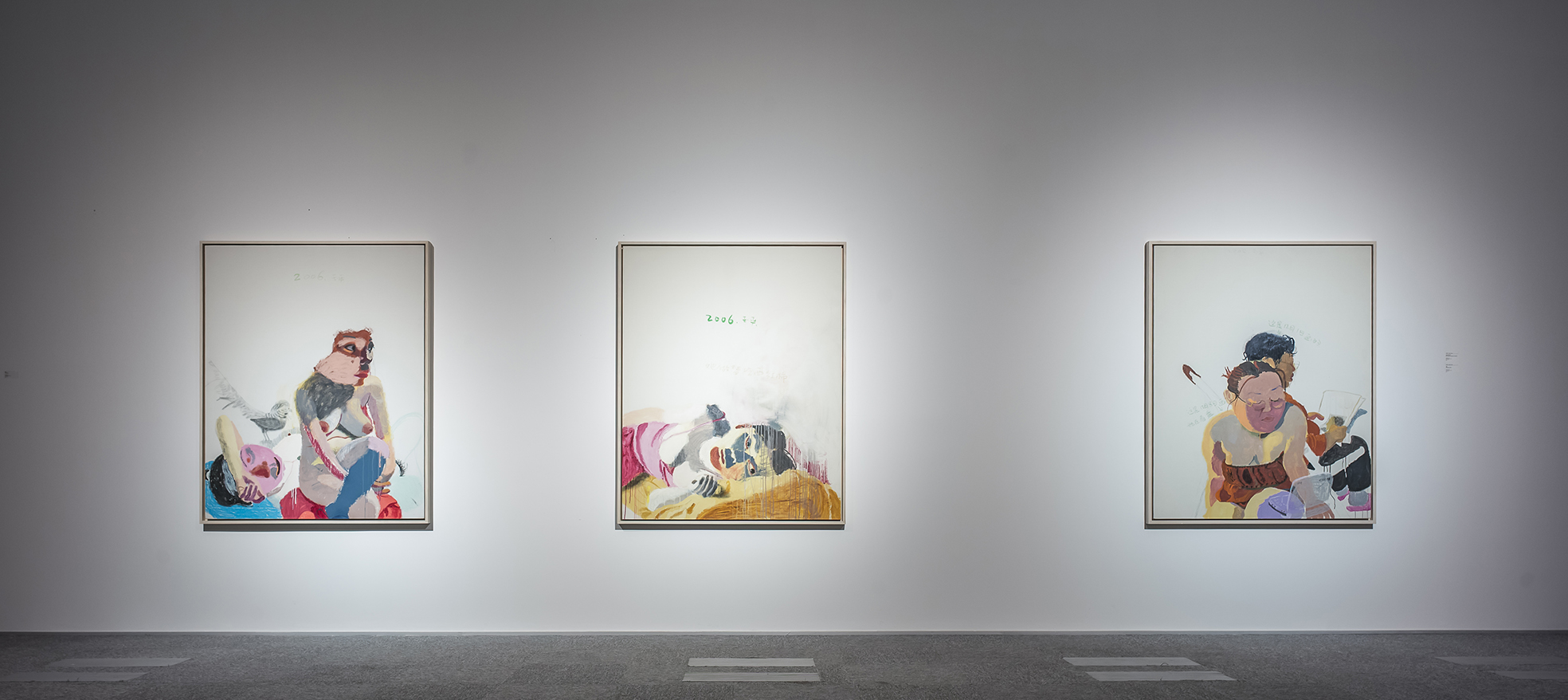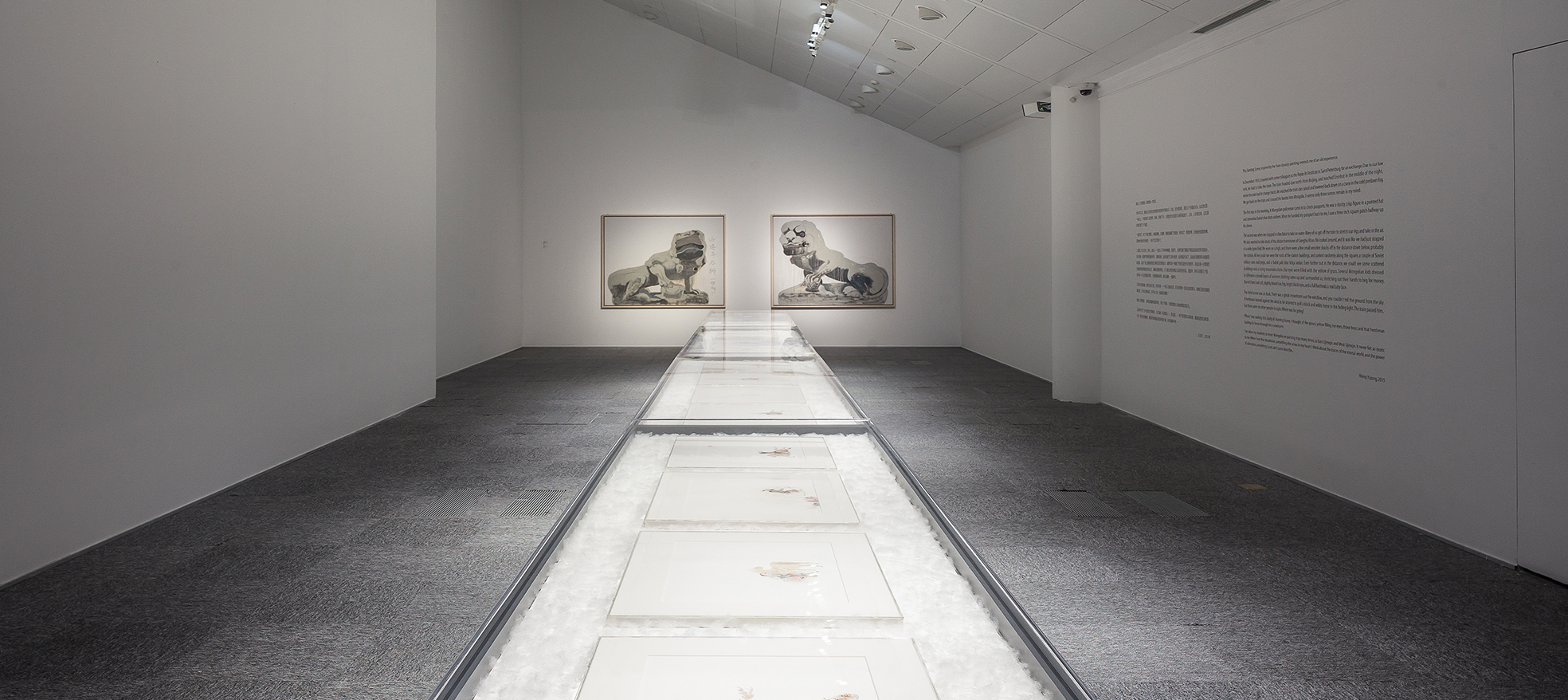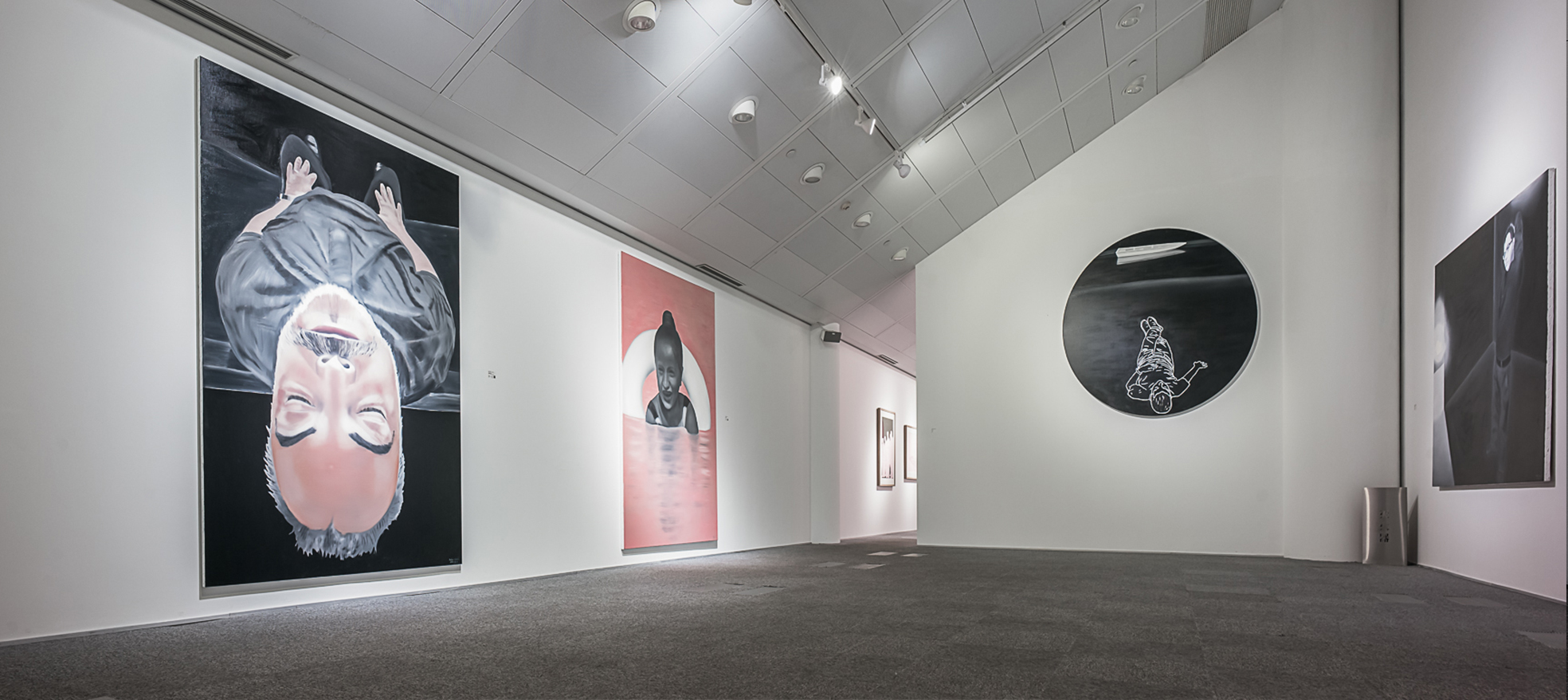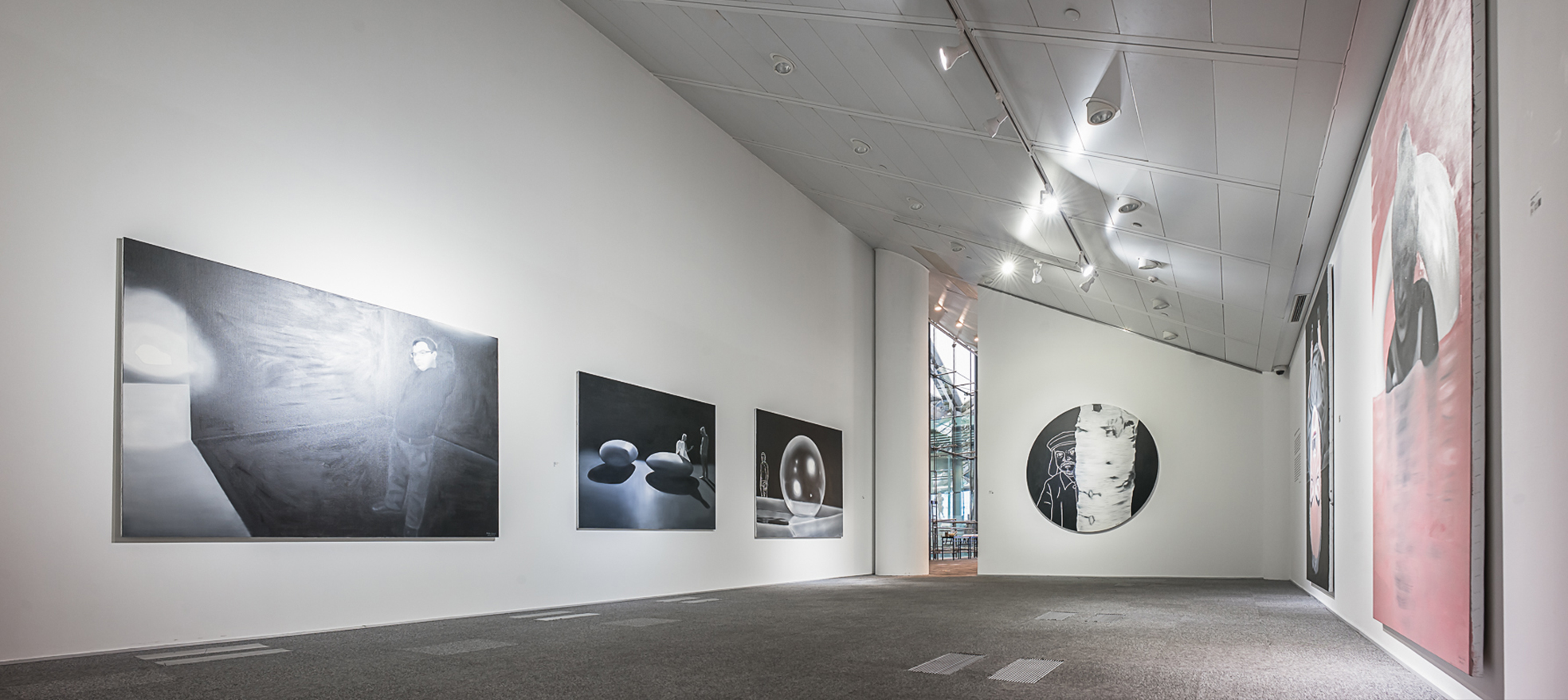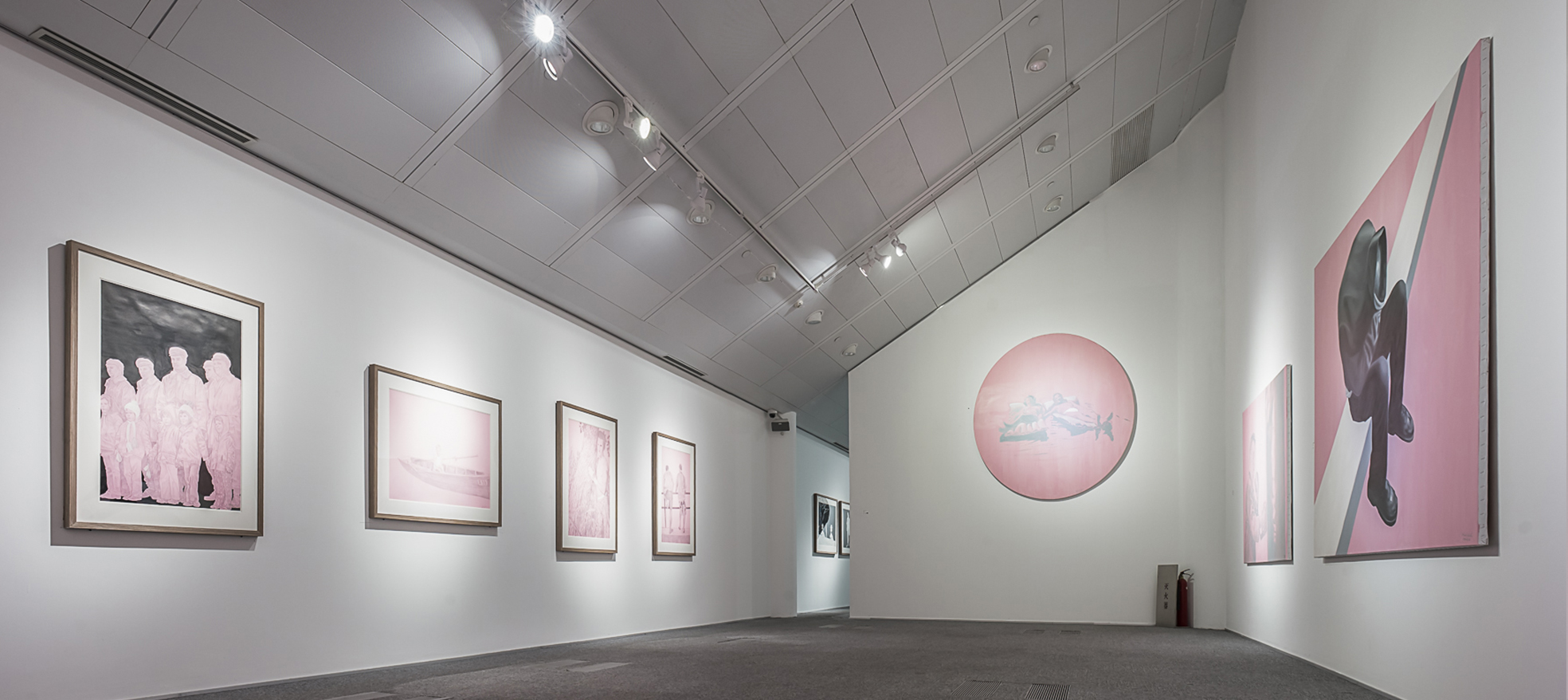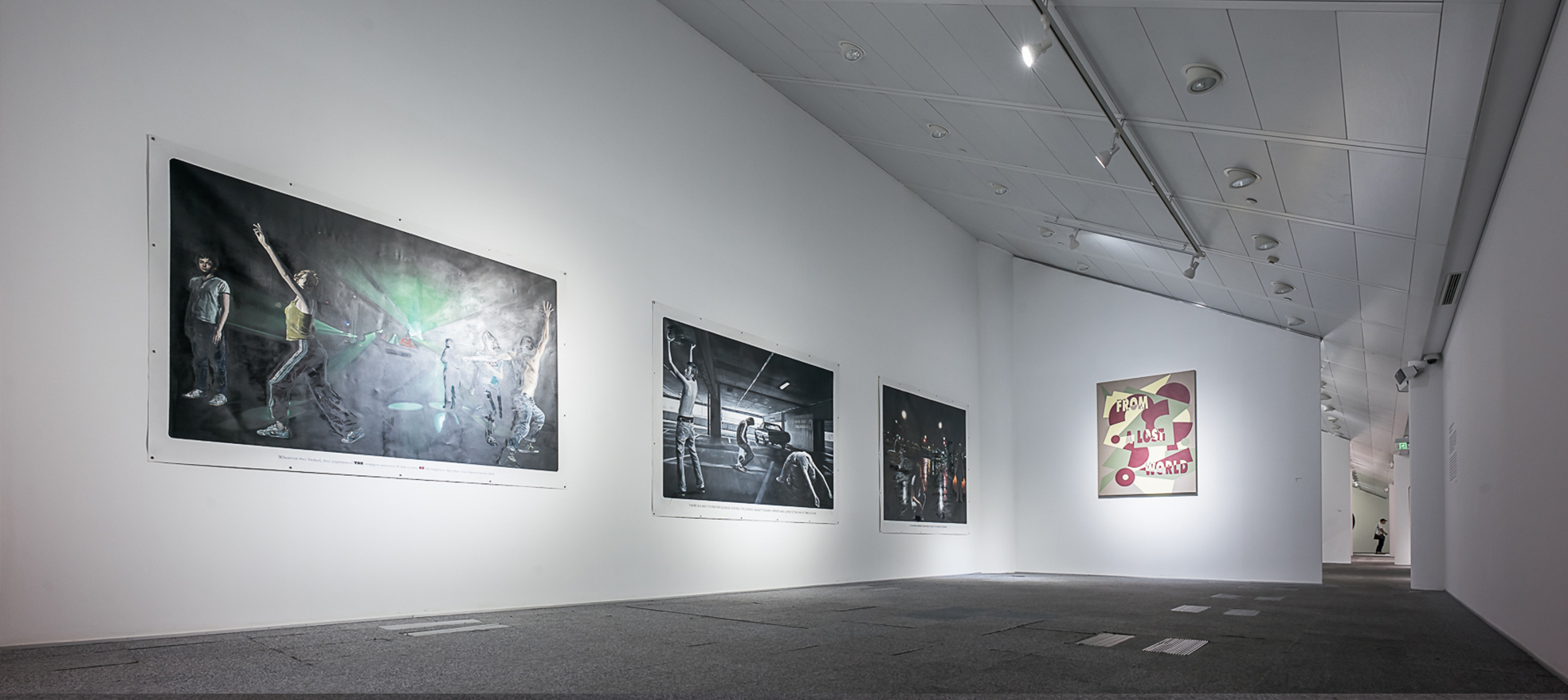▣About the Exhibition
Title | Bridging Asia-Europe Ⅱ |
Curator | Lorand Hegyi(Former director of the Museum Moderner Kunst Stiftung Ludwig Wien and Le Musée d'art moderne de Saint-Etienne) |
Artists | Wang Yuping (b.1962, China) LászlóFehér (b.1953, Hungary) Muntean/Rosenblum (b.1962, Austria/Israel) |
Opening |
September 26, 2017 (Tue.) 17:00 pm / The Parkview Speakers Corner Curator and artist will be present at the exhibition opening. Please join them at the exhibition venue.
|
Duration | From September 26, 2017 (Tue.) to December 10, 2017 (Sun) Opening Hours 10:00 ~ 19:00, Every Monday to Friday,10:00 ~ 21:00 Every Saturday to Sunday, Free admission |
Venue | The Parkview Museum · Beijing L10, D Tower, Parkview Green, No.9 Dongdaqiao Road, Chaoyang District, Beijing, China +86 10 5662 8568 | www.parkviewgreenmuseum.com |
Contact | Exhibition Part: Park Songyi (+86 10 5662 8553, songyi.park@parkviewgreen.com) Media Part: Zhang Meng (+ 86 10 5662 8565, meng.zhang@parkviewgreen.com) |
The Parkview Museum Beijing ispleased to announce the opening of thesecond exhibition of the series BridgingAsia-Europe. This contemporary art exhibitionfeatures works by artists from China and Central Europe: Wang Yuping (China),LászlóFehér (Hungary), and the artist coupleMuntean/Rosenblum (Austria/Israel).
To build a bridge linking East andWest, this exhibition creates an interactive dialogue between artists fromdifferent countries in order to promote a deeper understanding and appreciationof the specific aesthetic and artistic values, traditions and languages withindifferent cultural contexts. The exhibition, curated by internationallyacclaimed curator and art historian LorandHegyi and will be held from 26 September.
Bridging Asia-Europe II is structured around a personalpresentation of each artist’s oeuvre, with no preference for any medium,methodological direction, or artistic tendency.Each installmentof the exhibition showcases thedifferent visual elements through which the artists address, rethink andreinvent specific contemporarynarrativesdisclosing the complexity and the multiplicity of readings and interpretationsof contemporary reality.
The showcased works present a rich and mature painterly universe,in which the representation of human body and its sociocultural surroundings,including the virtual and fictive realities associated with memory,self-reflection, projections, dreams and subconscious formations, play acentral role.
LászlóFehér works with foundimages, with popular logo-like pictures, clichés and conventional images, whichfunction as signals of established historical and sociocultural significanceand also as archives of personal micro-history, of family albums. In LászlóFehér's universe, everyone is in transit, andeverything is ephemeral; everywhere we discover the quiet, hidden, objectifiedmelancholy of the temporal. The characters on hiscanvases seem to have landed in their particular spaces purely by chance; wefeel that they are occupying their spaces only momentarily and temporarily, asif their presence were tenuous and temporary, all the while suggesting acertain inevitability and objectivity.
In Muntean/Rosenblum’smonumental paintings and drawings, the questioning irony appears in theunbearable, destabilizing irrationality and in the chaotic linguistic disorderthat unexpectedly drive the inexplicable behavior of people, who seem to beforced to remain on the stage of the theater of improbabilities and obscure dramaturgies,like in the hallucinated movie-like scenes.Everything in the pictorial composition seems tobe well-orchestrated but the question about the real motives of the actors’behavior, about the relationships between places and figures, between texts andimages, remains unanswered. Muntean/Rosenblum operate with a subtle irony,through which the discrepancy between the different aspects of virtual andmaterial realities, the discrepancy between visual and textual information, andmore significantly, the disconnect between conventional attitude models and created,virtual models, are questioned.
Wang Yuping’s sophisticated painterly method develops verystrong, emotionally fulfilled, intensive and suggestive pictorial scenes, whichevoke cultural-historical, art-historical clichés, literary, textual, and intellectualmaterials, references from theater, literature, philosophy, and traditionalhistorical knowledge. His paintings reveal a rich, complex pictorial narrative, in which the obsessive questioning of therelationship between individual authenticity, personal identity, psychical andemotional realities, and the sociocultural, historical, mental and virtualrealities takes central importance.
Wang Yuping’s meditative, analytic approach to thecomplexity of the aura of personal identity—with its sociocultural, historical,linguistic determinations and its diverse psychical, imaginary projections,with the power of virtual fields, and the dramaturgy of desires anddreams—develops a poetic parallel structure of immediate, given realities, andvirtual, chosen realities. This parallel structure lends a certain kind ofenigmatic double-identity to his figures, human or animal, as well as to hisobjects, natural or artificial. The faces of his figures, the bodies of hisactors, and the material surfaces of his small, unimportant, completely banal,everyday things, all get a strange shadow-like, inexplicable, irritating alterego, which evokes another, unknown, invisible, hidden, imaginary terrain ofother experiences, of other rules, of other entities.
Thesecond edition of the Bridging Asia–Europeexhibition series offers adeeply human, intimate, substantial, complex and poetic vision about the humancondition without any pathos or romanticism, but rather with a questioningcharacter, with engagement for revealing contradictions and discrepanciesbetween different messages, communication systems, language systems, and visualand textual forms of information.
It offers a complex, rich, deep, suggestive and perhapssomewhat disturbing, moving vision about basic existential questioning of humanorientation, through the power of the singular, unique, imaginary worldscreated by the artists of our days.
▣About the Exhibition
Title | Bridging Asia-Europe Ⅱ |
Curator | Lorand Hegyi(Former director of the Museum Moderner Kunst Stiftung Ludwig Wien and Le Musée d'art moderne de Saint-Etienne) |
Artists | Wang Yuping (b.1962, China) LászlóFehér (b.1953, Hungary) Muntean/Rosenblum (b.1962, Austria/Israel) |
Opening |
September 26, 2017 (Tue.) 17:00 pm / The Parkview Speakers Corner Curator and artist will be present at the exhibition opening. Please join them at the exhibition venue.
|
Duration | From September 26, 2017 (Tue.) to December 10, 2017 (Sun) Opening Hours 10:00 ~ 19:00, Every Monday to Friday,10:00 ~ 21:00 Every Saturday to Sunday, Free admission |
Venue | The Parkview Museum · Beijing L10, D Tower, Parkview Green, No.9 Dongdaqiao Road, Chaoyang District, Beijing, China +86 10 5662 8568 | www.parkviewgreenmuseum.com |
Contact | Exhibition Part: Park Songyi (+86 10 5662 8553, songyi.park@parkviewgreen.com) Media Part: Zhang Meng (+ 86 10 5662 8565, meng.zhang@parkviewgreen.com) |
The Parkview Museum Beijing ispleased to announce the opening of thesecond exhibition of the series BridgingAsia-Europe. This contemporary art exhibitionfeatures works by artists from China and Central Europe: Wang Yuping (China),LászlóFehér (Hungary), and the artist coupleMuntean/Rosenblum (Austria/Israel).
To build a bridge linking East andWest, this exhibition creates an interactive dialogue between artists fromdifferent countries in order to promote a deeper understanding and appreciationof the specific aesthetic and artistic values, traditions and languages withindifferent cultural contexts. The exhibition, curated by internationallyacclaimed curator and art historian LorandHegyi and will be held from 26 September.
Bridging Asia-Europe II is structured around a personalpresentation of each artist’s oeuvre, with no preference for any medium,methodological direction, or artistic tendency.Each installmentof the exhibition showcases thedifferent visual elements through which the artists address, rethink andreinvent specific contemporarynarrativesdisclosing the complexity and the multiplicity of readings and interpretationsof contemporary reality.
The showcased works present a rich and mature painterly universe,in which the representation of human body and its sociocultural surroundings,including the virtual and fictive realities associated with memory,self-reflection, projections, dreams and subconscious formations, play acentral role.
LászlóFehér works with foundimages, with popular logo-like pictures, clichés and conventional images, whichfunction as signals of established historical and sociocultural significanceand also as archives of personal micro-history, of family albums. In LászlóFehér's universe, everyone is in transit, andeverything is ephemeral; everywhere we discover the quiet, hidden, objectifiedmelancholy of the temporal. The characters on hiscanvases seem to have landed in their particular spaces purely by chance; wefeel that they are occupying their spaces only momentarily and temporarily, asif their presence were tenuous and temporary, all the while suggesting acertain inevitability and objectivity.
In Muntean/Rosenblum’smonumental paintings and drawings, the questioning irony appears in theunbearable, destabilizing irrationality and in the chaotic linguistic disorderthat unexpectedly drive the inexplicable behavior of people, who seem to beforced to remain on the stage of the theater of improbabilities and obscure dramaturgies,like in the hallucinated movie-like scenes.Everything in the pictorial composition seems tobe well-orchestrated but the question about the real motives of the actors’behavior, about the relationships between places and figures, between texts andimages, remains unanswered. Muntean/Rosenblum operate with a subtle irony,through which the discrepancy between the different aspects of virtual andmaterial realities, the discrepancy between visual and textual information, andmore significantly, the disconnect between conventional attitude models and created,virtual models, are questioned.
Wang Yuping’s sophisticated painterly method develops verystrong, emotionally fulfilled, intensive and suggestive pictorial scenes, whichevoke cultural-historical, art-historical clichés, literary, textual, and intellectualmaterials, references from theater, literature, philosophy, and traditionalhistorical knowledge. His paintings reveal a rich, complex pictorial narrative, in which the obsessive questioning of therelationship between individual authenticity, personal identity, psychical andemotional realities, and the sociocultural, historical, mental and virtualrealities takes central importance.
Wang Yuping’s meditative, analytic approach to thecomplexity of the aura of personal identity—with its sociocultural, historical,linguistic determinations and its diverse psychical, imaginary projections,with the power of virtual fields, and the dramaturgy of desires anddreams—develops a poetic parallel structure of immediate, given realities, andvirtual, chosen realities. This parallel structure lends a certain kind ofenigmatic double-identity to his figures, human or animal, as well as to hisobjects, natural or artificial. The faces of his figures, the bodies of hisactors, and the material surfaces of his small, unimportant, completely banal,everyday things, all get a strange shadow-like, inexplicable, irritating alterego, which evokes another, unknown, invisible, hidden, imaginary terrain ofother experiences, of other rules, of other entities.
Thesecond edition of the Bridging Asia–Europeexhibition series offers adeeply human, intimate, substantial, complex and poetic vision about the humancondition without any pathos or romanticism, but rather with a questioningcharacter, with engagement for revealing contradictions and discrepanciesbetween different messages, communication systems, language systems, and visualand textual forms of information.
It offers a complex, rich, deep, suggestive and perhapssomewhat disturbing, moving vision about basic existential questioning of humanorientation, through the power of the singular, unique, imaginary worldscreated by the artists of our days.

